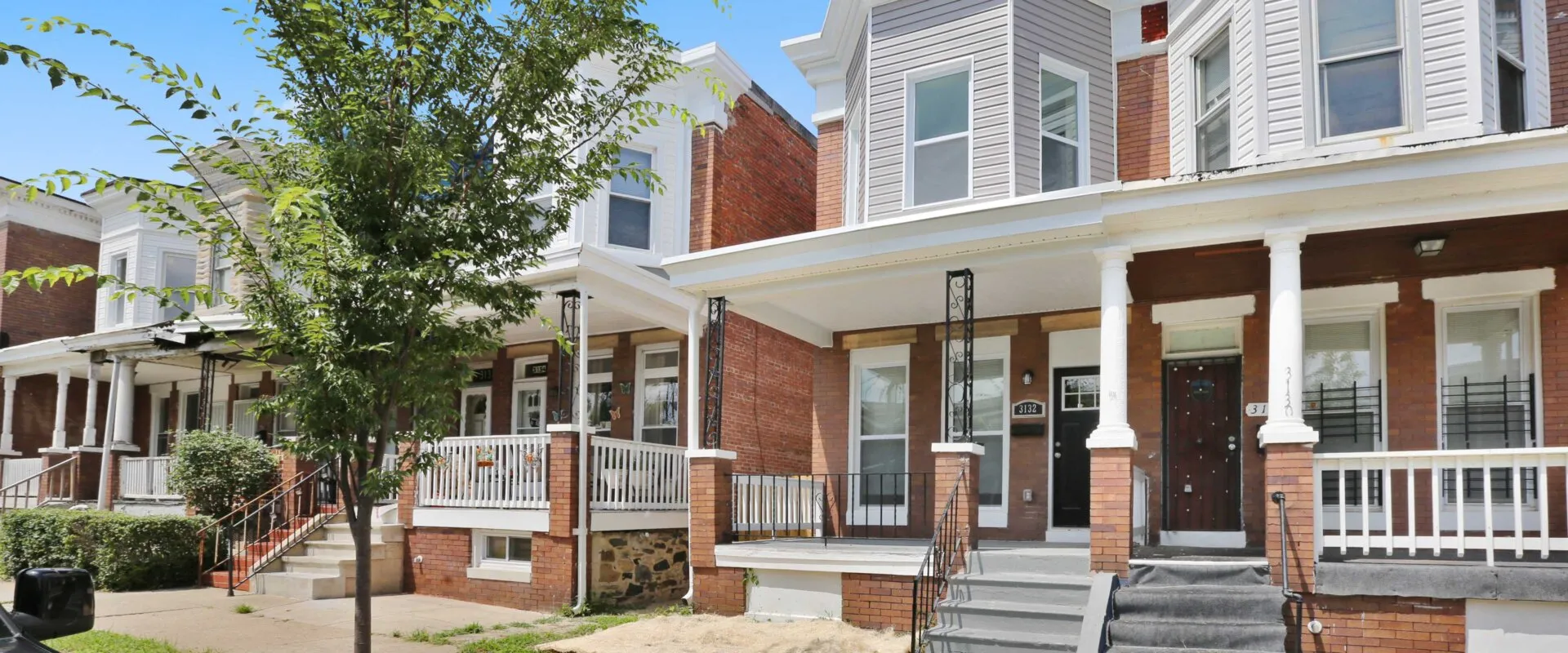Load bearing walls play a crucial role in providing structural support and stability to buildings. However, there are instances where removing a load bearing wall becomes necessary to accommodate renovation plans or enhance space utilization. In this article, we’ll explore the costs associated with removing a load bearing wall, considering various factors that influence the overall expenses right here to get highly recommend.
Initial Assessment and Structural Analysis
Before embarking on the removal of a load bearing wall, it’s essential to conduct a thorough assessment and structural analysis.
Hiring a Structural Engineer
Professional assessment by a structural engineer is crucial to ensure the safety and integrity of the structure.
Importance of Professional Assessment
A structural engineer will assess the load bearing capacity of the wall, evaluate the structural implications of its removal, and recommend appropriate reinforcement measures.
Structural Analysis Techniques
Utilizing advanced structural analysis techniques, such as load calculations and computer simulations, the engineer will determine the best approach for removing the load bearing wall while maintaining structural integrity.
Evaluation of Load Bearing Capacity
The engineer will evaluate the load bearing capacity of the wall and determine whether additional support structures, such as beams or columns, are necessary to redistribute the weight and maintain structural stability.
Obtaining Permits and Approvals
Removing a load bearing wall typically requires obtaining permits and approvals from local building authorities.
Regulatory Compliance
Ensuring compliance with building codes and regulations is essential to avoid fines or penalties and ensure the safety of the occupants.
Permitting Process
The permitting process involves submitting plans and documentation to the relevant authorities, paying permit fees, and scheduling inspections as required.
Inspection Requirements
Inspections may be conducted at various stages of the removal process to verify compliance with building codes and regulations and ensure structural integrity.
Cost of Initial Assessment and Permits
The cost of hiring a structural engineer and obtaining permits can vary depending on the complexity of the project and local regulations.
Structural Engineer Fees
Fees for structural engineering services typically range from a few hundred to a few thousand dollars, depending on the scope of the assessment and the qualifications of the engineer.
Permit Application Costs
Permit application fees vary depending on the jurisdiction and the size and scope of the project. These fees may range from a few hundred to a few thousand dollars.
Miscellaneous Expenses
Additional expenses, such as site surveys, documentation fees, and administrative costs, should also be factored into the overall budget for the project.
Demolition and Structural Reinforcement
Once the initial assessment is complete and permits are obtained, the removal process can begin.
Demolition Techniques and Equipment
Selective demolition techniques are used to carefully remove the load bearing wall without compromising the structural integrity of the building.
Selective Demolition Methods
Selective demolition involves removing specific sections of the wall while leaving the surrounding structure intact. This may involve cutting, sawing, or breaking the wall into manageable sections.
Use of Heavy Machinery
Heavy machinery such as excavators, jackhammers, and demolition shears may be used to assist in the demolition process, depending on the size and complexity of the project.
Safety Precautions
Safety precautions, such as wearing protective gear, securing the work area, and implementing dust control measures, are essential to minimize the risk of accidents or injuries during demolition.
Reinforcement of Adjacent Structures
After the load bearing wall is removed, adjacent structures may require reinforcement to compensate for the loss of support.
Temporary Support Systems
Temporary support systems, such as shoring or bracing, may be installed to provide temporary structural support while permanent reinforcement measures are implemented.
Installation of Structural Beams or Columns
Structural beams or columns may be installed to redistribute the weight and provide additional support to the remaining structure.
Engineering Solutions for Load Redistribution
Engineering solutions, such as truss systems or cantilevered beams, may be implemented to distribute the load evenly across the structure and ensure structural stability.
Labor Costs for Demolition and Reinforcement
Labor costs for demolition and structural reinforcement can vary depending on the size and complexity of the project, as well as local labor rates.
Demolition Crew Fees
Demolition crews typically charge an hourly or per-project rate for their services, which may include labor, equipment, and disposal costs.
Structural Contractor Charges
Structural contractors responsible for reinforcement work may charge a separate fee for their services, which may include labor, materials, and engineering fees.
Additional Labor Expenses
Additional labor expenses, such as subcontractor fees, overtime pay, and unforeseen labor costs, should also be considered when budgeting for the project.
Material and Waste Disposal
Once demolition and reinforcement work is complete, the next step is to dispose of demolition debris and replace any materials that were removed.
Disposal of Demolition Debris
Demolition debris, including concrete, wood, and other construction materials, must be properly disposed of according to local regulations.
Removal and Hauling Costs
Removal and hauling costs for demolition debris can vary depending on the quantity and type of materials being disposed of, as well as the distance to the disposal site.
Recycling or Salvaging Opportunities
Whenever possible, recycling or salvaging materials from the demolition process can help reduce disposal costs and minimize environmental impact.
Waste Management Fees
Waste management fees, such as landfill tipping fees or recycling processing fees, may apply depending on local regulations and disposal methods.
Cost of Replacement Materials
After demolition is complete, replacement materials may be needed to restore the structure and finish the project.
Purchase and Delivery Expenses
The cost of replacement materials, such as structural beams, columns, or finishing materials, should be factored into the overall budget for the project, including the cost of purchasing and delivering the materials to the job site.
Quality and Type of Replacement Materials
The quality and type of replacement materials chosen will impact the overall cost of the project. Higher quality materials may have a higher initial cost but offer greater durability and longevity in the long run.
Installation Costs
Installation costs for replacement materials should also be considered, including labor, equipment, and any additional services required to complete the installation.
Environmental Considerations and Fees
Environmental considerations, such as disposal of hazardous materials and compliance with environmental regulations, should be addressed during the removal process.
Compliance with Environmental Regulations
Ensuring compliance with environmental regulations is essential to minimize the environmental impact of the removal process and avoid fines or penalties.
Disposal of Hazardous Materials
Proper disposal of hazardous materials, such as asbestos or lead-based paint, may require specialized handling and disposal procedures, which can incur additional costs.
Eco-Friendly Alternatives and Costs
Exploring eco-friendly alternatives, such as salvaging materials for reuse or recycling construction waste, can help minimize environmental impact and reduce disposal costs.
Total Cost Estimation and Conclusion
In conclusion, the cost of removing a load bearing wall can vary significantly depending on various factors, including structural complexity, permitting requirements, labor rates, and materials. It’s highly recommended to hire professionals for the removal process to ensure safety, compliance with regulations, and quality workmanship. By carefully assessing the project requirements, obtaining necessary permits, and budgeting for all associated costs, homeowners can successfully navigate the removal process and achieve their renovation goals. Proper planning and preparation are essential to minimize costs and ensure a successful outcome for load bearing wall removal projects.




